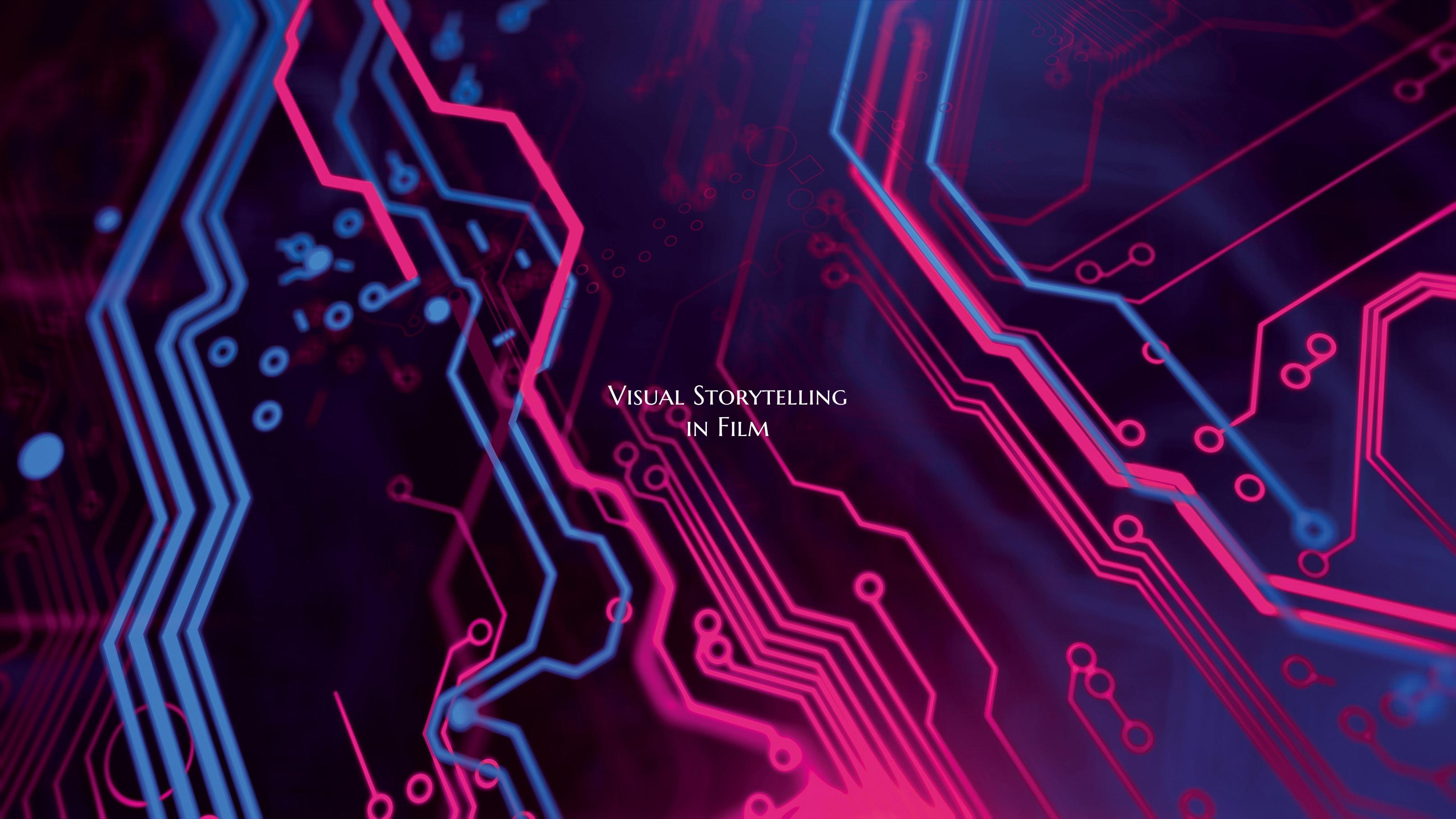Visual Storytelling in Film
Visual storytelling in film is a powerful and essential element in cinematic storytelling. Through the use of visual techniques such as camera angles, lighting, color schemes, and composition, filmmakers are able to convey emotions, set the mood, and guide the audience through the narrative without saying a word.
One of the key aspects of visual storytelling in film is the use of camera angles and movement. Directors carefully choose whether to use a close-up, medium shot, or wide shot to create a specific effect on the viewer. The camera movement itself can also evoke different emotions or create a sense of urgency or calmness.
Lighting is another crucial component of visual storytelling. Different lighting setups can create various moods within a scene, from bright and cheerful to dark and ominous. The contrast between light and shadow can help emphasize certain elements of the story or convey a character's inner struggles.
Color schemes play a significant role in visual storytelling as well. Colors can be used symbolically to represent themes or emotions. For example, warm colors like red and orange may evoke passion or danger, while cool colors like blue can convey calmness or sadness.
The composition of a frame is also essential in visual storytelling. The placement of characters and objects within the frame can draw the viewer's attention to certain details or create a sense of balance and harmony. The rule of thirds, leading lines, and framing techniques are commonly used by filmmakers to create visually compelling shots.
In conclusion, visual storytelling in film is a multi-faceted art form that allows filmmakers to convey complex ideas and emotions through the use of visual elements. By carefully selecting camera angles, lighting, color schemes, and composition, directors can create a rich and immersive cinematic experience that resonates with audiences on a deep and emotional level.

